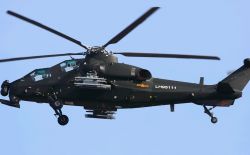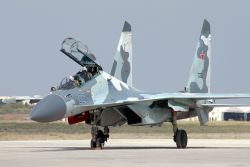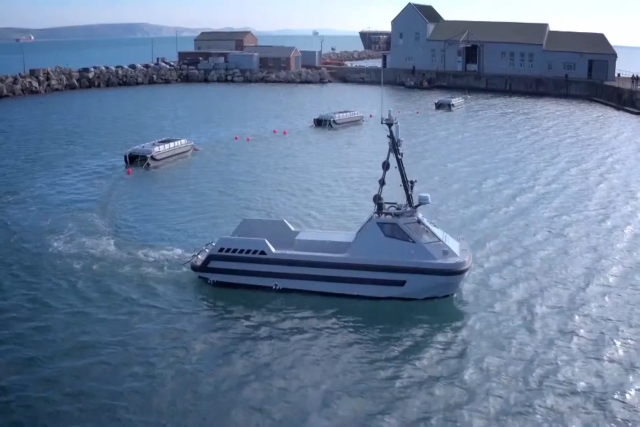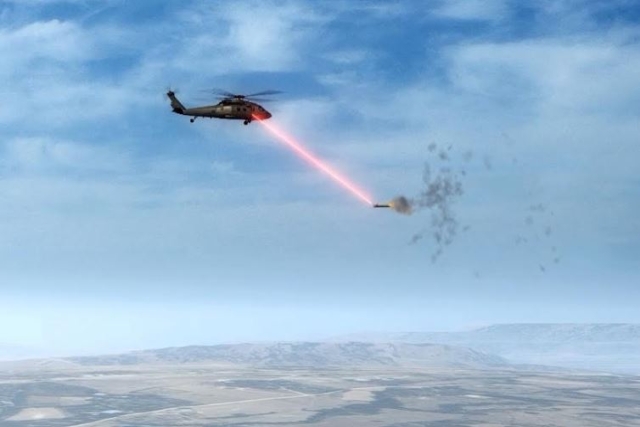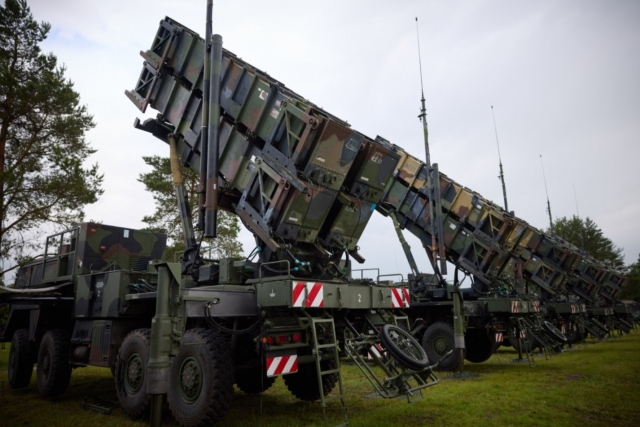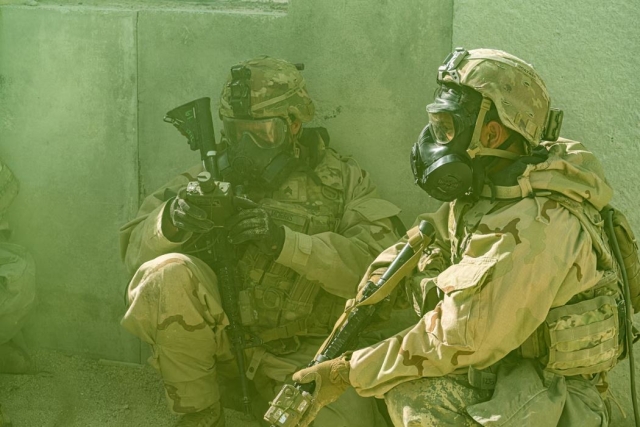Pilots Not Killed in Carrier Testing, Western Media Got Translation Wrong, Says China
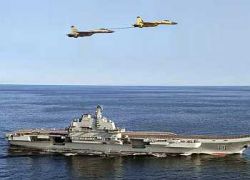
China today refuted western media reports which claimed that two Chinese air force test pilots were killed during J-15 fighter aircraft’s carrier testing and qualification. The source was a citation of the China Flight Test Establishment(CFTE) which had a mention of two pilots having sacrificed their lives.
The People’s Liberation Army rubbished reports published by The New York Times and USNI (US Naval Intelligence) and said that the reports are based on a wrong translation of a unit citation of the (CFTE) flight test squadron at Xian.
While the New York Times link says not found, the UNSI link is online at the time of filing this report.
One report even concluded it was, “likely that at least two aircraft have been lost.”
In an accurate translation of the text, the citation refers to two test pilots from the same squadron who died in separate incidents (in 1994 and 2011) and not during the recent J-15 test flight.
The Citation said after translation, “Command noted that for a long time, which adhere to the development of national aviation brigade and the construction of a powerful air forces for the mission to educate and guide test pilot personal ideals into practice a strong army, officers and soldiers always maintained strong fighting spirit; actively explore the theory involved in the design, test flight, the successful completion of the test flight mission, to fill the aviation field of 13 blank; consciously resist the temptation, frankly facing death, several challenges equipment and physiological limits, there are two comrades lost their lives, especially for the successful completion of the J-15 aircraft successfully implemented in Liaoning ship stop landing and flying leaps slippery task to make a significant contribution”.
The Citation was referring to the Central Military Commission awarding honorary title to an Air Force flight brigade called the "Hero flight brigade".
China’s J-15 Flying Sharks are based on the Russian Su-33. First unveiled in 2010, the aircraft will carry indigenous Chinese weapons ranging from sensory systems, weapons, and engines.
The Liaoning is designed to carry 30 fixed wing aircraft and 24 helicopter while the Vikramaditya can carry just 16 MiG-29K aircraft and 10 helicopters. The Ukrainian carrier was purchased for $20 million in 1998 by a Hong Kong-based company called Chong Lot Travel Agency Ltd. The carrier was originally intended to be a casino until Chang Lot failed to acquire a license to run an offshore casino.
In 2005, she was moved to a dry dock in China to be rebuilt. Chong Lot spent an additional $65 million transporting the ship to China. It is not known on what terms the Chinese Navy acquired the carrier from the Chang Lot gambling company and how much it spent on refitting it.
The only information in the public domain is that the Chinese carrier has been equipped with an Active Electronically Scanned Array (AESA) and Sea Eagle radars and weapons such as the Type 1030 CIWS main gun, and the FL-3000N missile system. The old anti-ship missile tubes have been plugged and are not expected to be used in an effort to free up internal space for storage.
